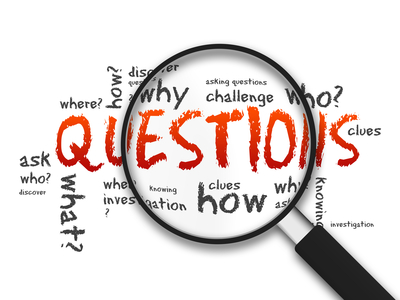Don’t damage your existing SEO when you launch a new website. Once you have changed page URLs, all inbound links pointing to your website (that helped you garner your old website’s placement) will be broken and the SEO juice gone. I recommend taking time to do an .htaccess file redirect…
-
-
How to Get Clients to Value Your Time
Can you teach others to value your time? Yes, you sure can. I have been in business since 2001 and over time my business and client load and demand for my services have grown significantly. As a business professional who makes a living off of time billing, I have learned…
-
Not All Errors Are Real Errors
Errors, they may your heart beat faster and stomach clench especially when they impact your website. But, not all errors that are reported in plugins such as Yoast or even WordFence are real errors. For example, today the Yoast SEO plugin flagged my site as not having a home page…
-
Hackers: How Do They Get In?
Hackers, how do they get in to your website and hosting account? In today’s wild web, it just seems like sometimes you can’t keep hackers out! Here’s what happened recently to me. I set up a new hosting account at a quality hosting service (not GoDaddy). The same day I…









